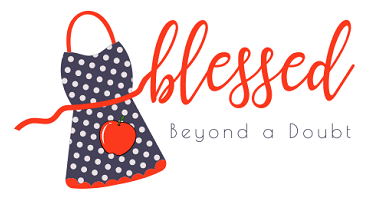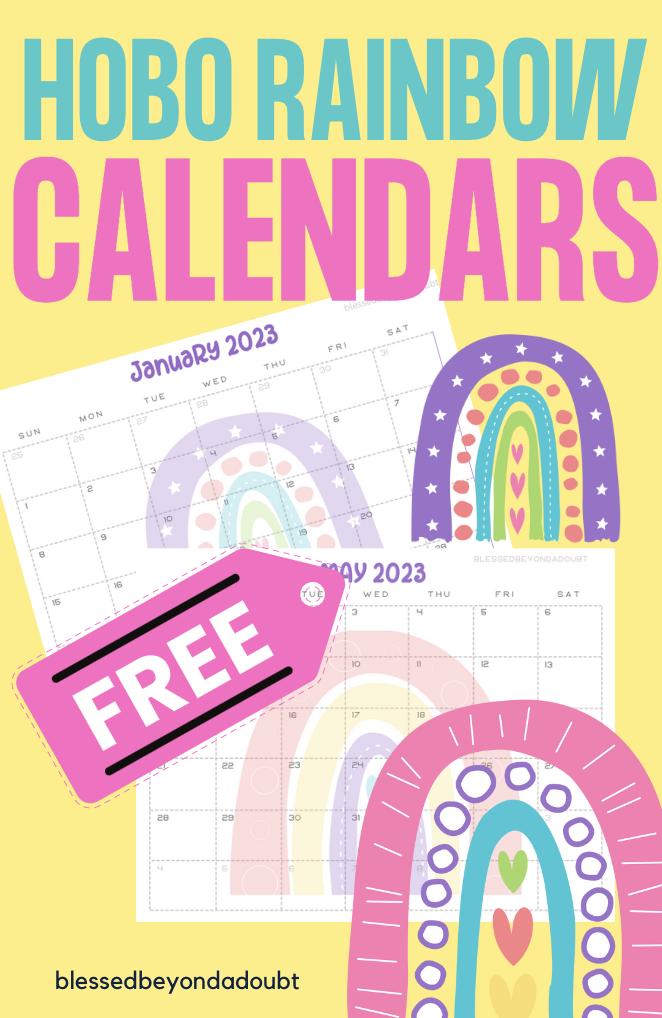 Learning should be entertaining so that it will stick in your child’s head. I had a lot of fun teaching my son his colors. Below are a 7 ways to make the most of learning. You may notice that the first letter for each activity makes an acronym–ROYGBIV, the colors of the rainbow–which is a great way to remember this list. Repetition is one of the keys in teaching, so the point is to reiterate and repeat the color you are working with over and over as you complete these activities with your child, pointing and saying the color name and having your child repeat after you. You may choose to have one color a day or spread them out giving each color a few days or a week to really set in. I recommend giving each color a week and choosing one of these activities for each day. As you add in new colors, be sure to do reviews of the colors your child has previously learned. I also suggest you begin with the primary colors, work into the secondary colors, and then brown, black, white, gray, and pink.
Learning should be entertaining so that it will stick in your child’s head. I had a lot of fun teaching my son his colors. Below are a 7 ways to make the most of learning. You may notice that the first letter for each activity makes an acronym–ROYGBIV, the colors of the rainbow–which is a great way to remember this list. Repetition is one of the keys in teaching, so the point is to reiterate and repeat the color you are working with over and over as you complete these activities with your child, pointing and saying the color name and having your child repeat after you. You may choose to have one color a day or spread them out giving each color a few days or a week to really set in. I recommend giving each color a week and choosing one of these activities for each day. As you add in new colors, be sure to do reviews of the colors your child has previously learned. I also suggest you begin with the primary colors, work into the secondary colors, and then brown, black, white, gray, and pink.
Recognize
Go for a walk and have your child point out everything he/she sees that is the color of the day–a red stop sign, white clouds, maybe brown bark on a tree. This is a perfect activity to use as a color review. Not only will your child learn color recognition everywhere you go, but you will also get some exercise! Take this along with you as you go to the grocery store and have your child point out the colors of the various produce items and product packages. Collect some of the items you find and used them when you do the Group activity below.
Orchestrate
Create your own songs for each color, pointing out different objects that are the color of the day. For example, “Blue is the color of the sky and sea, the color of jeans and a blueberry.” Maybe you can even toss in something that does not match, “A bluebird is blue and a squirrel is too…no, a squirrel is brown!” You can use this to introduce the next color you will be working on. Not only will this be a fun and memorable way to learn colors and pair colors with items around the house, the neighborhood, and God’s beautiful nature; but it will also put a song in your child’s heart and encourage imagination, creativity, writing, and musical ability.
Yummy, Eat!
 Serve up a plate full of food in the color of the day on dishes that match. Since it is pretty difficult to find proteins in colors like purple and green, I suggest using this more for a snack time. Is the color of the day orange? Use an orange plate and serve some mandarin oranges, carrot sticks, goldfish crackers, an orange lollipop, and some orange juice. Not only will this make for a tasty color lesson, but it can also make for a great opportunity to give your child a healthy snack and maybe even convince your child to try something he/she may not usually try because eating colors is fun! Have your child create a dish with you and this will also be a great time to get them familiar with the kitchen.
Serve up a plate full of food in the color of the day on dishes that match. Since it is pretty difficult to find proteins in colors like purple and green, I suggest using this more for a snack time. Is the color of the day orange? Use an orange plate and serve some mandarin oranges, carrot sticks, goldfish crackers, an orange lollipop, and some orange juice. Not only will this make for a tasty color lesson, but it can also make for a great opportunity to give your child a healthy snack and maybe even convince your child to try something he/she may not usually try because eating colors is fun! Have your child create a dish with you and this will also be a great time to get them familiar with the kitchen.
Group
Dump out a pile of building blocks, Skittles, beads, something you have around the house and have your child sort out the color of the day into its own pile. You can also decorate some colored folders and fill them with cut-outs of construction paper, magazine photos, and stickers that match. On the folder, print the word for the color you are working on (i.e. “blue” or “gray”) then have your child trace it, say the letters to him/her, and read the word out loud to mix in a little reading and writing! This activity will also help your child with math skills. You can even touch on counting out how many items are green or orange or yellow.
Bathe
 Bath time is one of my son’s favorite activities and it doubles as a great time for him to “soak in” some learning. There are some really neat fizzy bath colors you can purchase and they come in yellow, red, and blue. Toss them in the tub to change the color then let your child choose toys to match from a basket of bath toys. Use this opportunity to touch on color mixing as well as primary, secondary and tertiary colors–as your child gets better at recognizing colors, you can go into more depth on the color mixing and classification. This is a fun art lesson! (See more bath activities)
Bath time is one of my son’s favorite activities and it doubles as a great time for him to “soak in” some learning. There are some really neat fizzy bath colors you can purchase and they come in yellow, red, and blue. Toss them in the tub to change the color then let your child choose toys to match from a basket of bath toys. Use this opportunity to touch on color mixing as well as primary, secondary and tertiary colors–as your child gets better at recognizing colors, you can go into more depth on the color mixing and classification. This is a fun art lesson! (See more bath activities)
Invent
Inspire creativity and imagination by crafting with your child using the color of the day. Use different hues and textures to make this a sensory activity and you will be teaching your child how even though all those pieces may look like different colors, they all fall under the same category. Try out various crafting techniques such as cutting with safety scissors, gluing, tying, etc. to create and invent something new! Use paints to teach color mixing (i.e. combine red and blue paints to make purple.) Once your child has the basic colors down, you can show your child what happens when you begin mixing white and black with colors like red and yellow.
Venture
Do an experiment! Dye some vinegar red then add in a little baking soda to watch the explosive reaction! Add food coloring to water then stick in a stalk of celery or a carnation and watch as photosynthesis changes the color. Learning should be exciting so do something that will leave a lasting image in your child’s mind, all the while teaching them science!
-By Alyssa Darby at Arts & Crackers
Life with a husband in the United States Air Force and two little boys is an adventure every day. I take each opportunity I get to spend time with my husband and children teaching, creating, cooking, trying new products, and sharing the experiences with my readers. Blogging has given me an outlet to connect with so many great people and has allowed me to learn so much, inspire imagination, stay organized, and encouraged me to focus more on my family. Come on over, visit me at Arts & Crackers, and be sure to stop by my social media pages and let me know what blog you’re visiting from! ~Alyssa











Leave A Comment